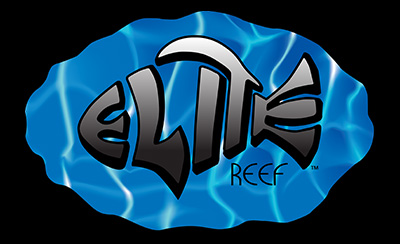 Raine Islands reef may not be the biggest in Australia’s waters, but it is certainly one of the most spectacular. Not only is the reef amazing, but the area also houses more green sea turtles than anywhere else in the world. Very few of us ever get the chance to visit this amazing patch of water, but soon viewers in Australia, thanks to the BBC, will get to see some rare footage of the reef scenes.
Raine Islands reef may not be the biggest in Australia’s waters, but it is certainly one of the most spectacular. Not only is the reef amazing, but the area also houses more green sea turtles than anywhere else in the world. Very few of us ever get the chance to visit this amazing patch of water, but soon viewers in Australia, thanks to the BBC, will get to see some rare footage of the reef scenes.
Next month the three-part series, with the largest budget in Australian reef videos, will air on Australian TV. The man behind the cameras, Richard Fitzpatrick, has spent decades researching the reefs and sharks in the area. He has become famous for his convention breaking technique to wrangle tiger sharks with harnesses rather than hooks.
This series will bring amazing footage of tiger sharks feeding on sea turtles and even has footage of a shark nearly getting a piece of the camera with one sea turtle.
Also captured are pain staking time lapse sequences that were taken in specially set up marine fish tanks. One such sequence, taken over six months time, reveals a single coral polyp emerging.
This footage will also uncover something not documented on film before. The process of coral bleaching is one that has been closely studied as of late, and Fitzpatrick aimed to cover it in detail.
“Bleaching is really an adapted response,” Fitzpatrick says. “When stressed, coral wants the algae out and so actively purges the microscopic residents.”
“Bleaching occurs in discrete sections of reef, usually as a result of localised heat or salinity factors.”
“There are thousands of individual reefs along the coastline of northern Queensland, and bleaching events usually happen to just a few at a time.”
“When the marine environment returns to favourable conditions, hopefully within a week or two, the coral gets recolonised with algae.”
In the area filmed, jungle lines the shores and looks as if it’s trying to jump right into the sea. The mangroves living here play an extremely important role in keeping sediment from washing into the reefs and causing damage. It’s without these corals that the vast variety of colorful fish and inverts would perish. With no corals, there is little to no safe haven for such animals.
Fitzpatrick’s series will document all of this and more. I just hope in time the footage will reach far beyond Australia and we will all have a chance to view it.
Via: Adelaide Now
